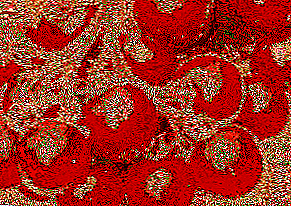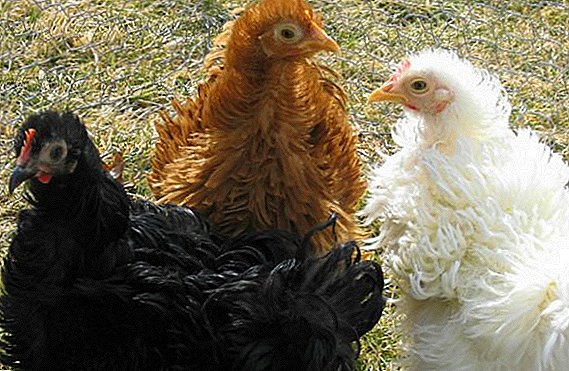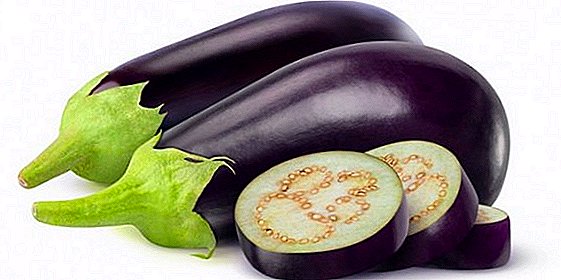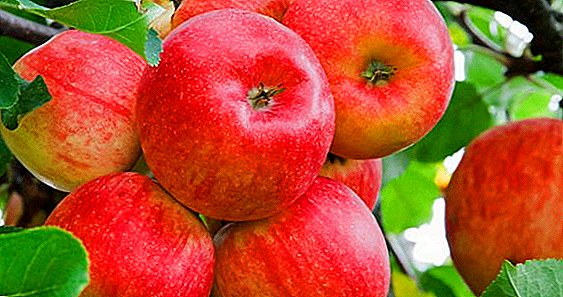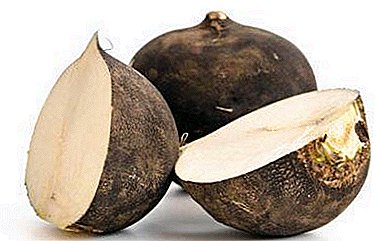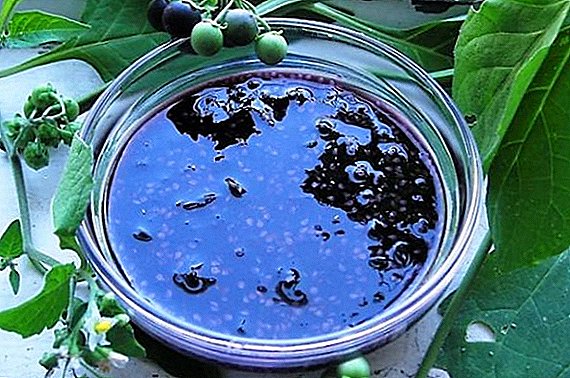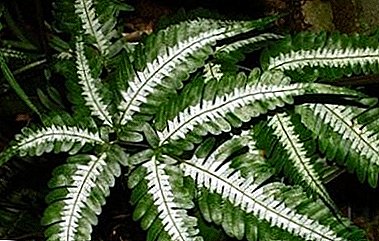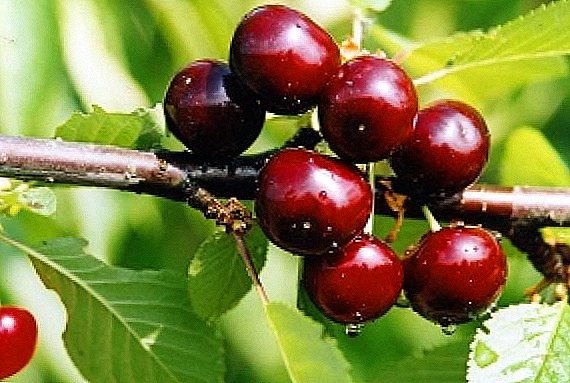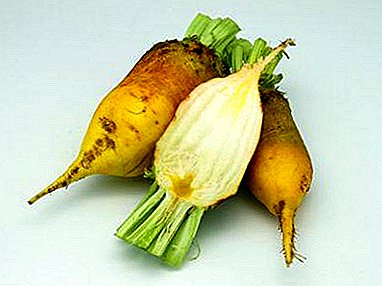
Feeding various farm animals has always been a pressing issue in agriculture.
Among all known plant crops used for these purposes, fodder beet is the most unpretentious, affordable and optimal for feeding most species of animals.
The variety of fodder beet "Ekkendorfskaya yellow" was identified as one of the most stable in the environment and enriched in the composition of dietary fiber, pectin and fiber, which allows you to confidently use it in feeding most species of animals throughout the year.
Characteristic and description
Fodder beet "Ekkendorfsky yellow" is a hybrid mid-season highly productive fodder two-year variety of the amaranth family with a growing season of up to five months.
The stem is highly developed, reaching a length of 1 m or more.
 Leaves with heart-shaped tips, juicy-green, grow at an open upward angle. The shape of the root can be both round and cylindrical (more common). The more elongated the fruit, the more pleasant the taste. The skin of the fruit is dry, thin, there may be small irregularities.
Leaves with heart-shaped tips, juicy-green, grow at an open upward angle. The shape of the root can be both round and cylindrical (more common). The more elongated the fruit, the more pleasant the taste. The skin of the fruit is dry, thin, there may be small irregularities.
The color of the root varies from yellowish to deep yellow-green at the top, and from white milky to yellow at the bottom. The flesh has a reduced juiciness, a faint beet smell, dense, hard, white. The weight of roots from 750 to 3000 grams, within the same sowing grow the same even fruits.
Breeding history
This variety was cultivated in the eighteenth century in Germany after numerous studies on the selection of parental varieties of dominant genes for resistance to adverse environmental factors.
Specific perennial testing of plants with their cultivation under special conditions (a certain soil composition, light intensity, range of sowing and harvesting, multiplicity and abundance of irrigation, cultivation taking into account the longitude of the day) made it possible to identify a special unpretentious variety of fodder beet that meets all the requirements of agricultural technicians and farmers, and also having an elongated cylindrical shape of the fruit, allowing to achieve the highest yield.
What is the difference from other varieties?
The differences of this variety from the others are as follows:
- The content of fiber, dietary fiber, iodine, iron ions, potassium, phosphorus is increased.
- High content of B vitamins, rutin and ascorbic acid.
- Pronounced resistance to low temperatures and to many amaranth diseases.
- Ability to store roots all year round.
- Optimal tastes of hawthorn for feeding cattle.
- Easy harvesting due to the fact that as they ripen the fruits rise above the ground to two thirds of the height.
- The variety is not prone to color.
- Technical ripeness is easy to identify by yellowing and partial death of the leaves.
Advantages and disadvantages
Advantages:
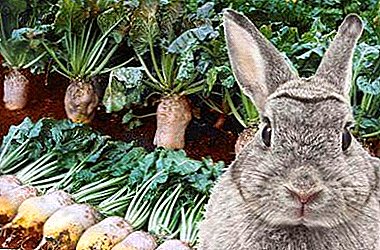 High yield and unpretentiousness.
High yield and unpretentiousness.- The optimal mineral and cellular composition.
- Resistance to temperature changes, shoots are also resistant to frost.
- Cylindrical smooth shape of the fruit.
- Long storage without changing the taste and appearance.
- Suppresses the growth of weed crops.
Disadvantages:
- For the highest yields requires a temperature regime of 18-20 degrees;
- Sour soil is not suitable for sowing;
- It is necessary to adhere to the rules of crop rotation.
What and where is it used for?
This variety has good feed quality., significantly increasing the milk yield in cows, which determines its use for feeding predominantly cattle, as well as birds, rabbits. Fruits and tops of plants are suitable for food. The leaves are also used as raw material for the preparation of herbal flour.
With a yield of one cow, about 3 tons of fruit is required for 3 tons. The variety has a great agrotechnical value, because after harvesting it leaves behind the earth, clean from weeds.
Step-by-step instructions for planting and care
- Where and for how much seed can be purchased?
Seeds can be purchased directly in stores in Moscow and St. Petersburg, as well as ordered online with delivery. The average cost is 13.5 rubles and ranges from 11 to 16 rubles per 5 grams.
- Landing time.
Planting of both seeds and roots is made in May.
- Choosing a landing site.
The plant belongs to the light-loving and heat-loving, so the place is chosen open, illuminated most of the day.
Good germination is observed when sown after potatoes, silage maize and other annual forage crops. It is not recommended to plant this variety after melon and solanaceous.
- What should be the soil.
The soil for sowing is selected loose to a depth of 20-30 centimeters, structured, rich in organic matter. Subject to the introduction of fertilizer and fertilizing it is possible to use loamy and sandy soils. Sour soil is unsuitable for sowing.
- Landing.
Sowing is carried out at a depth of 3 cm according to a pattern developed by 10 x 45 cm. They are planted in specially prepared furrows, and in the first days (before seed germination), abundantly moisten the soil. Shoots appear in about a week.
- Temperature.
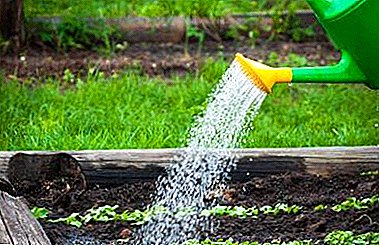 Sowing is recommended at a temperature of 10-15 degrees. Shoots can transfer short-term frosts to minus 3-5 degrees. The optimum temperature for growth is 18-20 ° C.
Sowing is recommended at a temperature of 10-15 degrees. Shoots can transfer short-term frosts to minus 3-5 degrees. The optimum temperature for growth is 18-20 ° C. - Watering.
Watering is done no more than once every 7-10 days, after which the soil is cleaned immediately from weeds and loosened with a flat cutter.
- Top dressing.
The feeding is recommended systematically up to 3-5 times during the growing season. Use as natural (manure, compost, ash, etc.), and ready-made mineral fertilizers at the rate of 200 kg per 1 hectare.
Features of growing
When sprouts will have more than 3 leaves, the plants need to be thinned and left the strongest. To get a high quality crop yield with a high content of fiber and pectin, when plowing it is required to make semi-mature manure, compost, wood ash (natural fertilizers preferred).
Harvesting technique
A month before the probable harvest, watering is completely stopped.
Root vegetables are usually harvested before the onset of frost. (in early October, before the temperature sets below 8 degrees). Cleaning can be done manually, pulling for the tops, or using agricultural techniques.
Storage
After harvesting, the beets are dried in the sun, cleaned from residues of soil and foliage. Store fruits in storages or cellars at temperatures from 0 to +2 ° C to minimize the loss of water and trace elements, as well as to prevent the growth of leaves.
Diseases and pests
 The plant is not susceptible to the development of amaranth diseases., but with the wrong care and excessive watering, infection with pests is possible (downy mildew).
The plant is not susceptible to the development of amaranth diseases., but with the wrong care and excessive watering, infection with pests is possible (downy mildew).
Manifestation - yellowing and drying of the ground part and the death of the plant.
To protect the use of mineral fertilizers (nitroammofoski and fertilizers based on potassium).
Compost is required when carrying out autumn soil digging. Up to 40 tons of fertilizer will be needed per hectare, and up to 2 centners of wood ash.
Problem prevention
In order to prevent infection, rotting of a plant, it is necessary to follow the rules of crop rotation and the requirements for planting, do not use acidic soil, regularly fertilize it and clean weeds.
Mid-season two-year grade "Ekkendorfsky yellow" is unpretentious and enriched in plant composition, suitable for most farm animals and poultry, as well as affordable and easy to grow and care, which makes it an indispensable forage crop for a whole year.


 High yield and unpretentiousness.
High yield and unpretentiousness. Sowing is recommended at a temperature of 10-15 degrees. Shoots can transfer short-term frosts to minus 3-5 degrees. The optimum temperature for growth is 18-20 ° C.
Sowing is recommended at a temperature of 10-15 degrees. Shoots can transfer short-term frosts to minus 3-5 degrees. The optimum temperature for growth is 18-20 ° C.